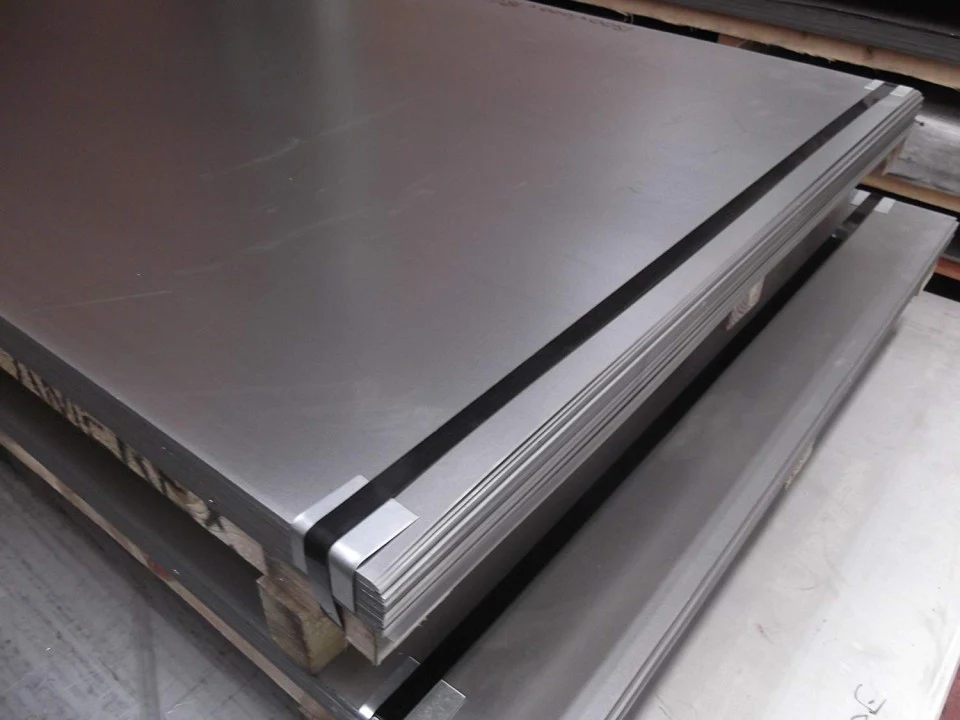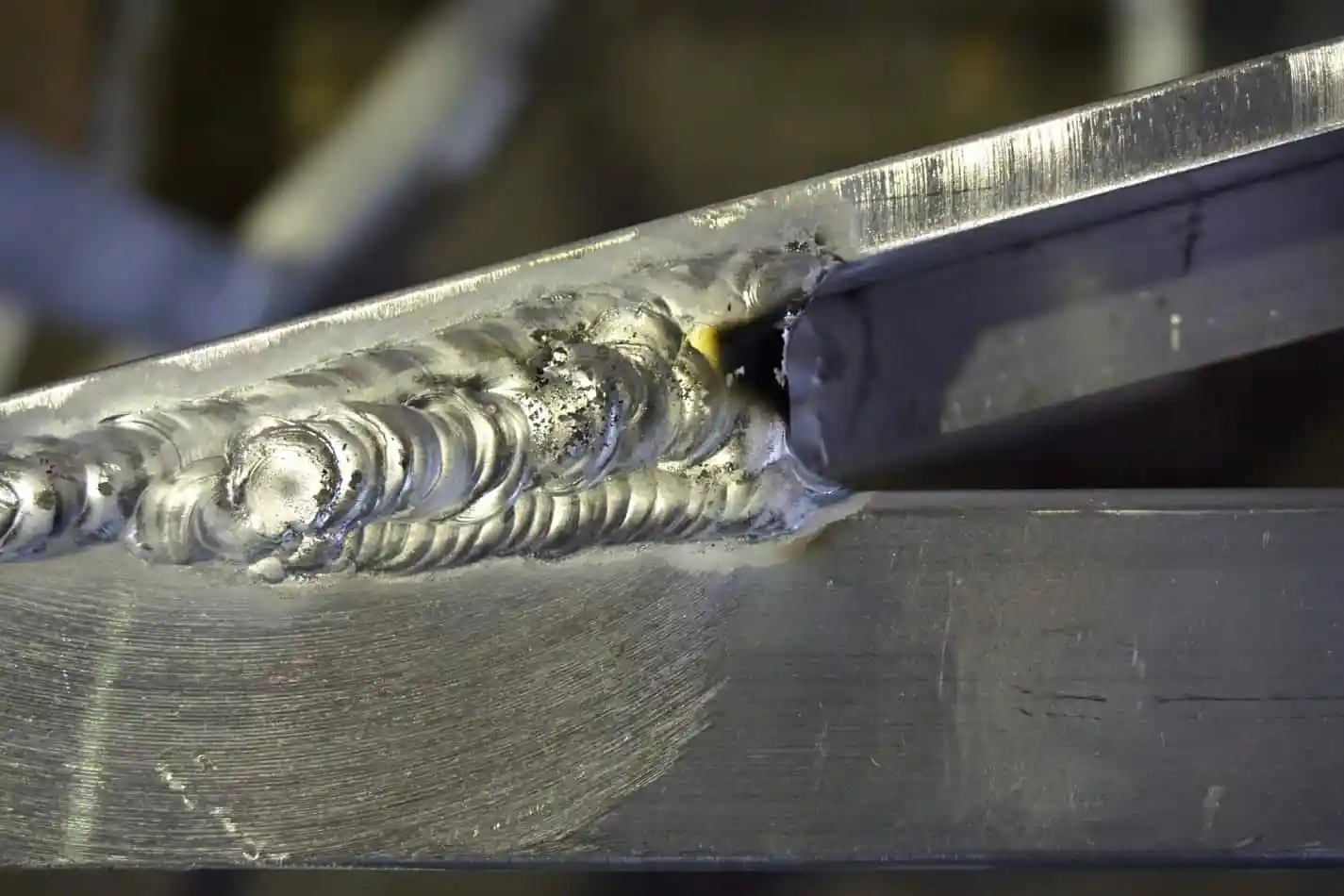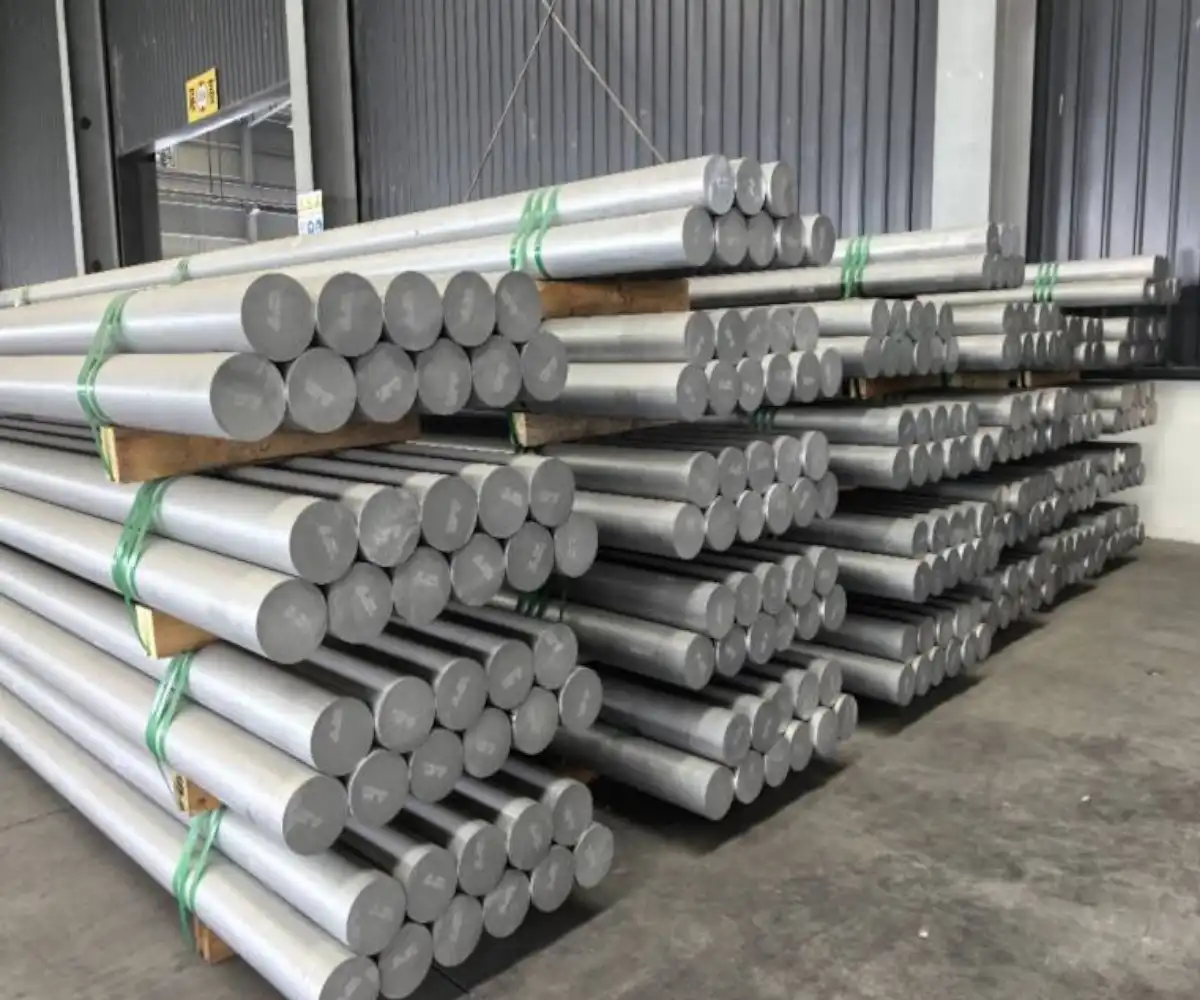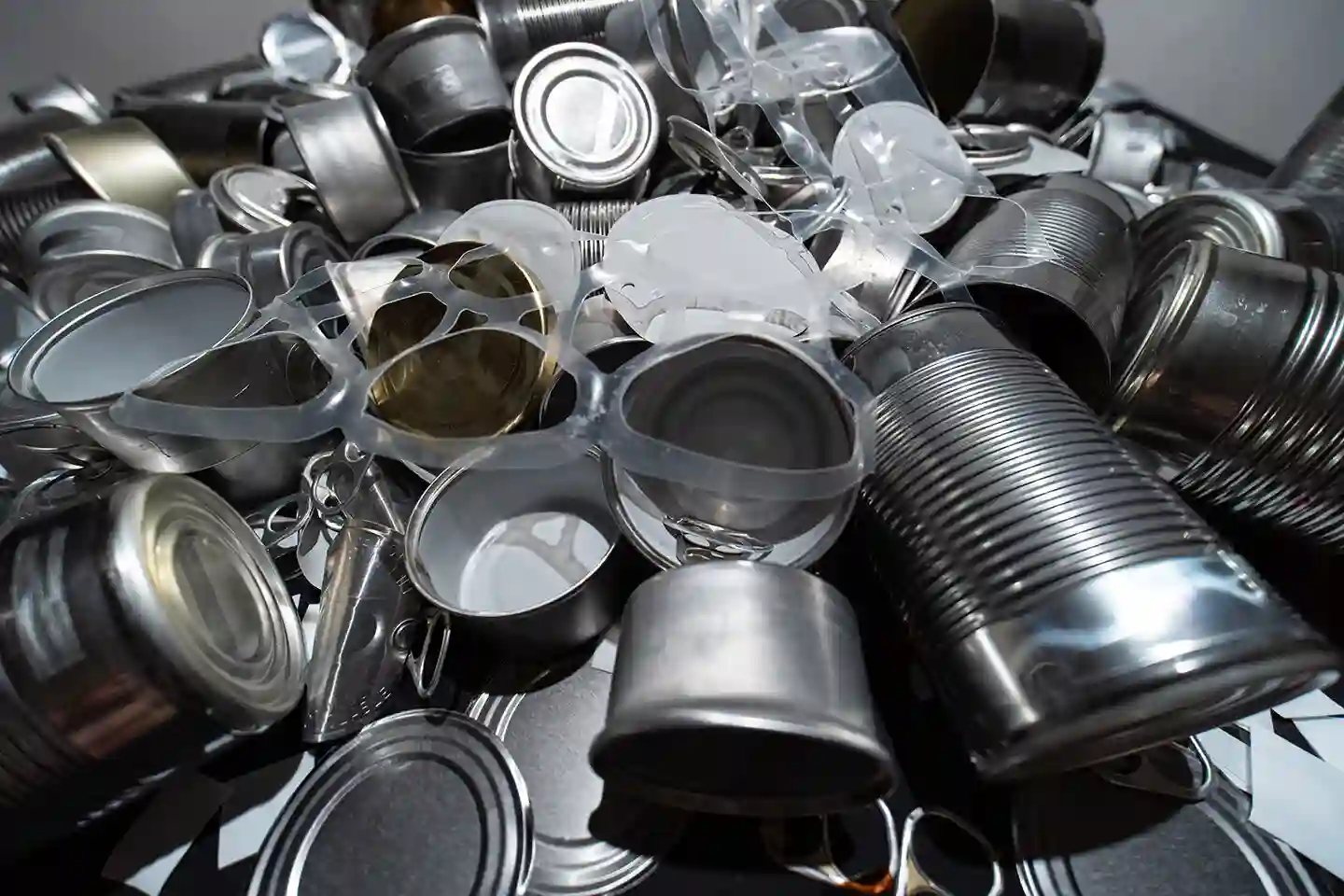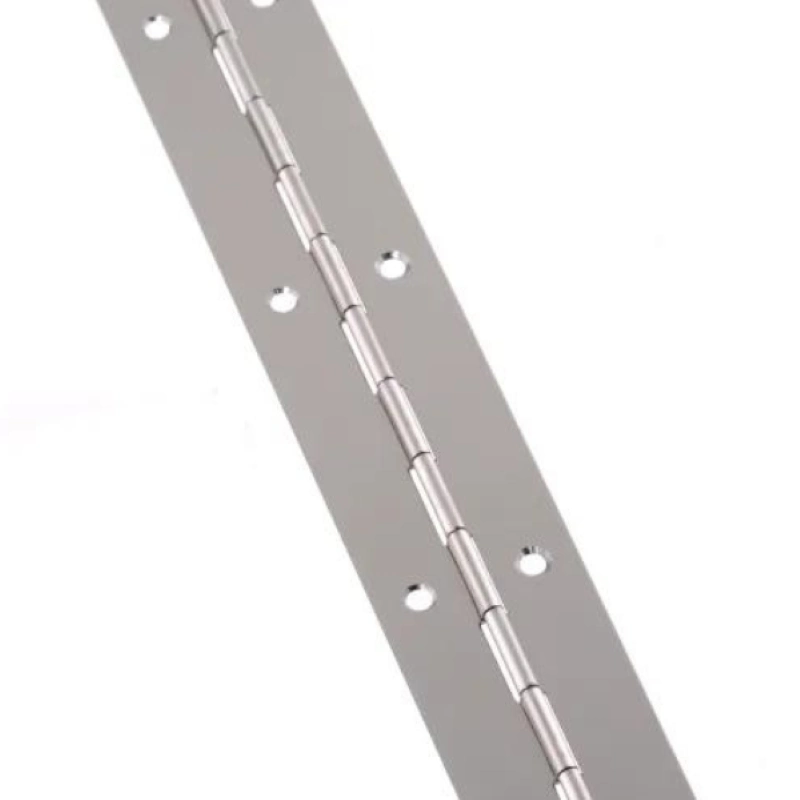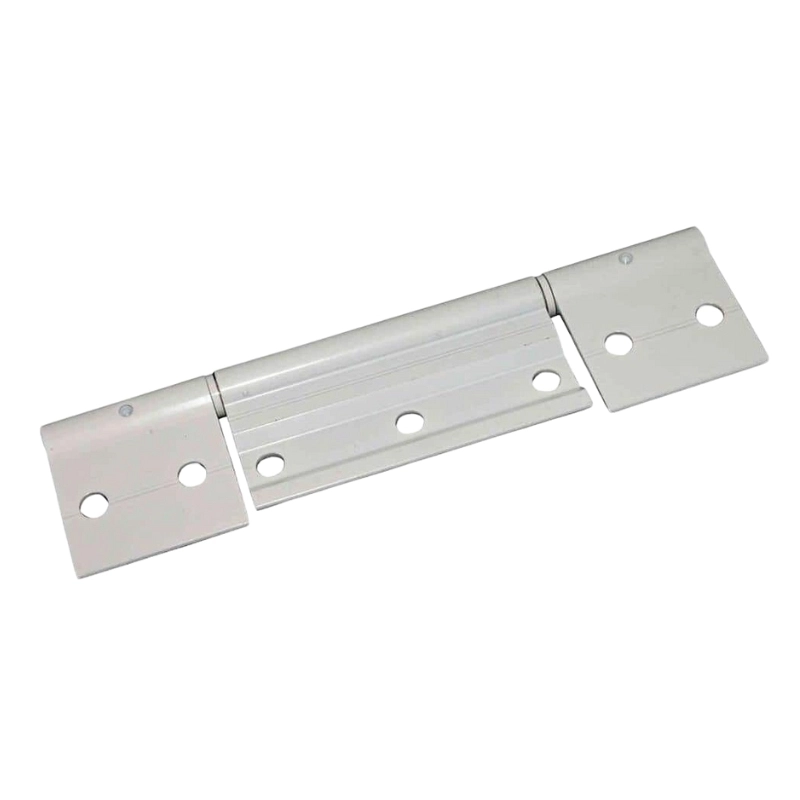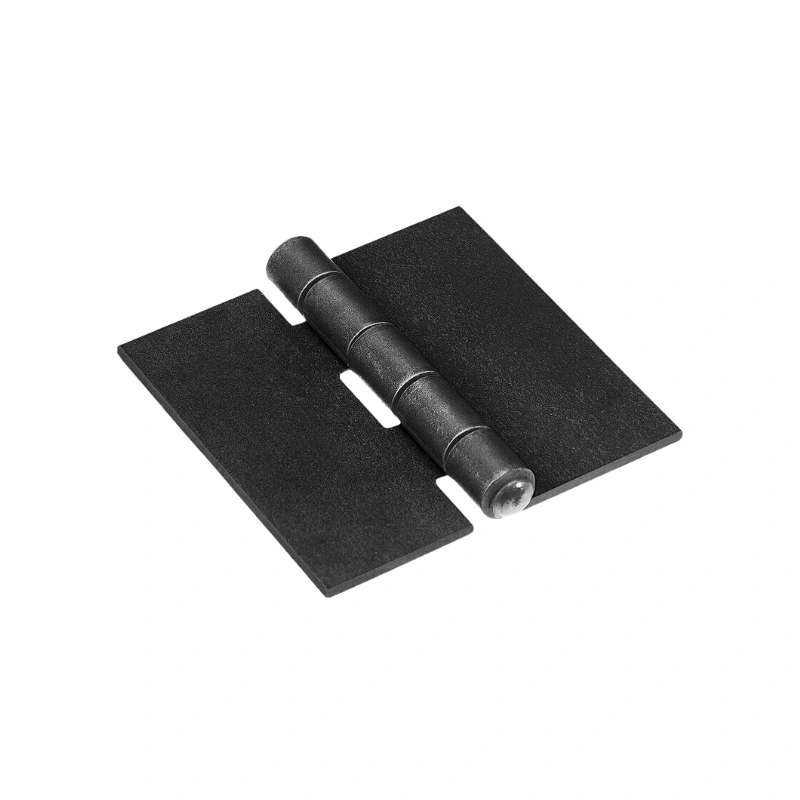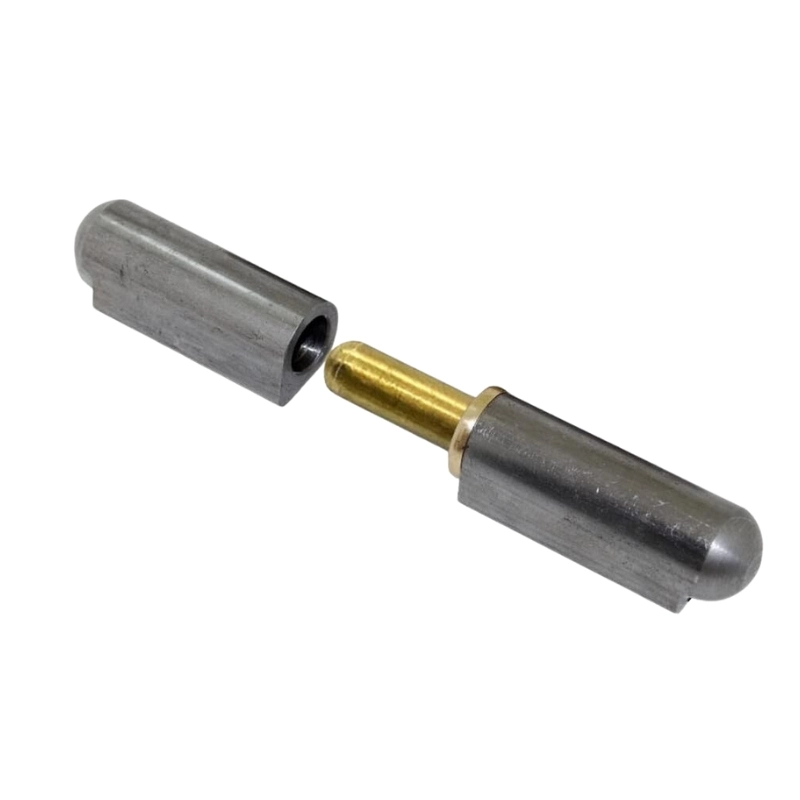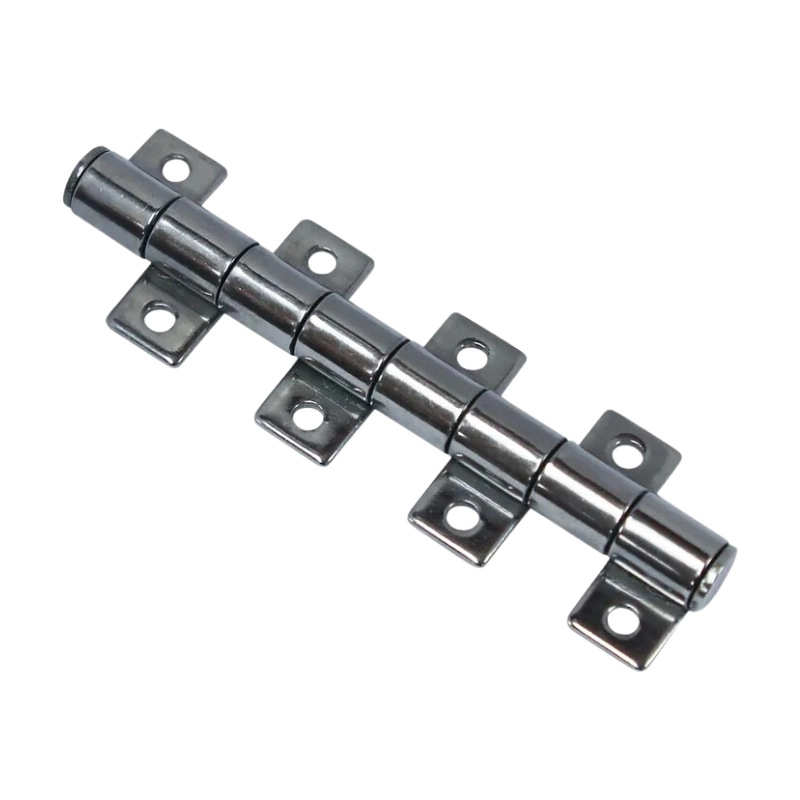Acrylonitrile Butadiene Styrene, commonly known as ABS plastic, is a versatile polymer with widespread industrial and consumer applications. The ABS is famous for its durability, strength, and ease of manufacturing. It is one of the most used thermoplastics in the world. Additionally, ABS material offers a versatile set of properties that makes it a popular choice in various industries.
In this blog, we’ll explore what ABS plastic is, its key properties, common applications, and its safety aspects, providing a comprehensive overview of this essential material.
What is ABS Plastic?
ABS plastic, is a thermoplastic polymer that can be melted and reformed multiple times without significant degradation in its physical or chemical properties. The main monomers or building blocks of ABS are as follows:
Acrylonitrile: Provides chemical resistance and heat stability.
Butadiene: Adds toughness and impact resistance.
Styrene: Offers rigidity and a smooth surface finish.
This combination of monomers results in a material that is both durable and light, making it suitable for a variety of uses.
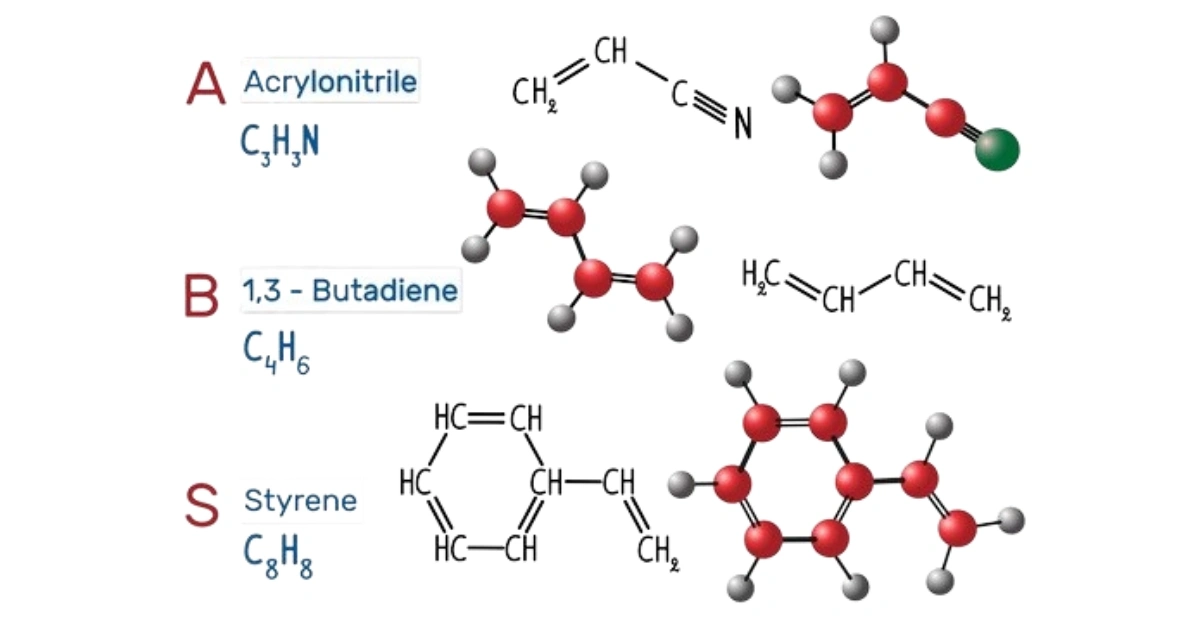
Properties of ABS Plastic
Here’s a closer look at the key characteristics of ABS plastics:
- Forza e durata: ABS has a high impact resistance, allowing it to withstand substantial levels of stress without cracking. This makes it an ideal choice for manufacturing of products that need to endure physical shocks.
- ABS Density: ABS plastic is lightweight, with a density of around 0.4 g/cm³. This low density contributes to its widespread use in applications where weight savings are critical.
- ABS Yield Strength: It offers good tensile strength, with yield strengths ranging between 30-50 MPa, depending on the specific grade and processing method.
- ABS Plastic Melting Temperature: ABS does not have a true melting point, however, the it experiences melting between 180°C and 250°C. This range allows its processing using several manufacturing methods, including injection molding and ABS 3D printing.
- Finitura superficiale: ABS provides a smooth and glossy finish. As a result, this makes it a top choice for products where aesthetics and appearance is important.
- Resistenza chimica: ABS is largely resistant to acids, alkalis, and some oils, making it suitable for industrial applications.
- Thermal Stability: ABS retains its strength at lower temperatures, although its performance may decrease at higher temperatures.
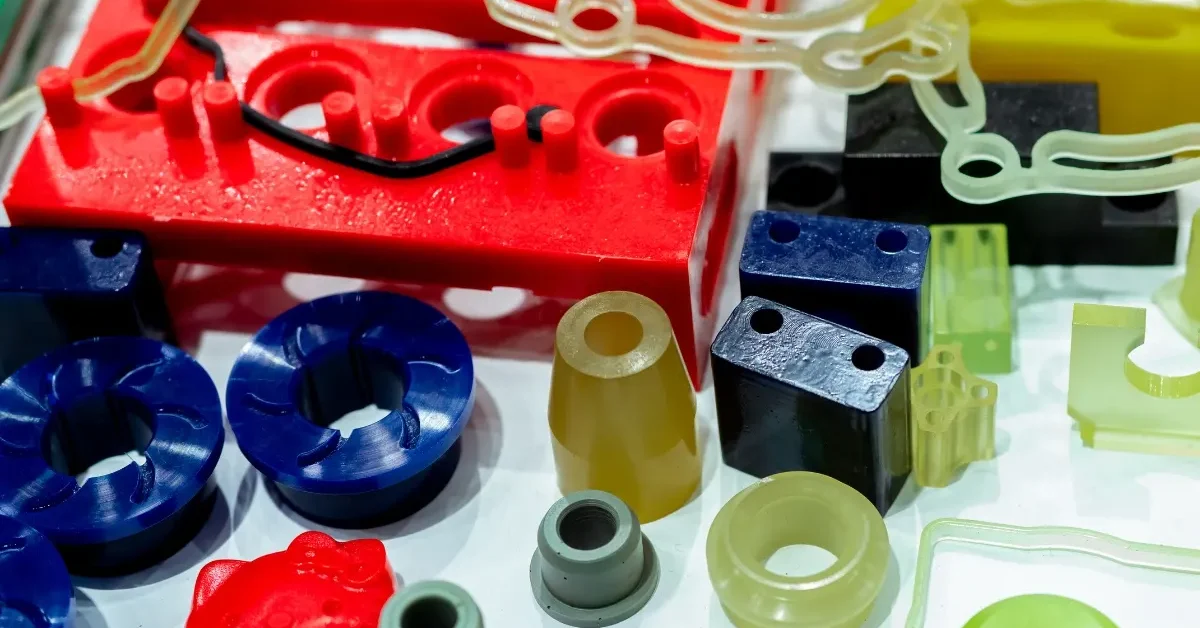
Common Applications of ABS Material
ABS is functional in a diverse range of industries due to its adaptable properties and ease of processing. Here are some of the most common applications:
- Industria automobilistica: ABS is extensively used for manufacturing automotive parts like dashboards, wheel covers, and interior trims due to its high impact resistance and lightweight nature.
- 3D Printing with ABS: ABS plastic is a favorite material for Stampa 3D, thanks to its strength, flexibility, and smooth finish. 3D print ABSallows for the creation of robust prototypes and functional parts.
- Elettronica di consumo: Many electronic housings, such as those for laptops, keyboards, and remote controls, use ABS due to its ability to absorb impact while providing a sleek finish.
- Plumbing and Construction: ABS plastic pipe fittings are ideal for plumbing due to their durability, chemical resistance, and ease of installation.
- Giocattoli: The material is famous for manufacturing a wide variety of toys, including the famous LEGO bricks, which require precise molding and consistent strength.
- ABS Sheets: ABS sheets are widely used in thermoforming for creating various shapes, offering a versatile solution for packaging and storage solutions.
How HDC Processes ABS Plastic
At HDC, ABS plastic is processed using several methods, each tailored for specific requirements:
- Lavorazione CNC: Allows for precise shaping and cutting of ABS parts, ideal for creating custom components with intricate details.
- Stampaggio a iniezione: This method involves injecting molten ABS into molds, making it suitable for large-scale production of complex shapes.
- Soffiaggio: Used to create hollow plastic parts, blow molding is a great choice for manufacturing containers and automotive ducts.
- Stampa 3D: ABS is compatible with 3D printing technology, making it possible to quickly create prototypes and small batches of customizable parts.
HDC features state-of-the-art machinery for all types of ABS manufacturing and the development of complex prototypes.
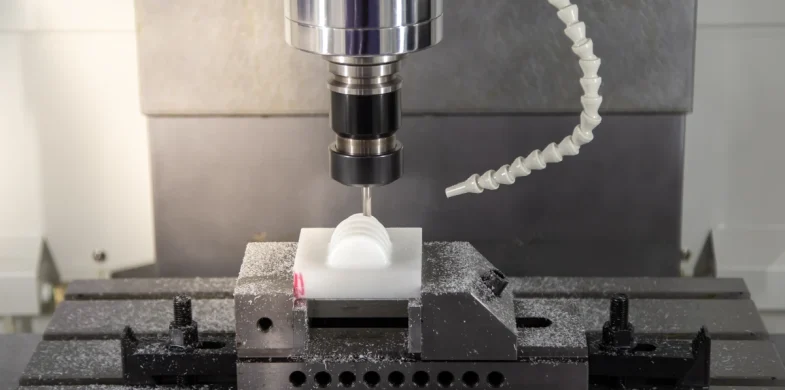
Is ABS Material Safe?
A lot of media outlets and social media platforms consistently raise concerns about the safety of ABS material, therefore, we found it essential to clarify this critical question. Generally, ABS plastic is safe for most applications, however, like all manufacturing materials, there are certain considerations as follows:
Non-Toxic Nature: In its solid form, ABS is non-toxic and does not leach harmful chemicals. This makes it suitable for use in household items and toys.
Melting and Fumes: When heated, such as during 3D printing or injection molding, ABS can release fumes. These fumes may be irritating when present large amounts, so it is important to ensure proper ventilation during processing.
Environmental Impact: ABS is not biodegradable, which means it does not decompose naturally over time. However, ABS recycling is possible, and many manufacturers have systems in place to recycle ABS waste, reducing its environmental footprint.
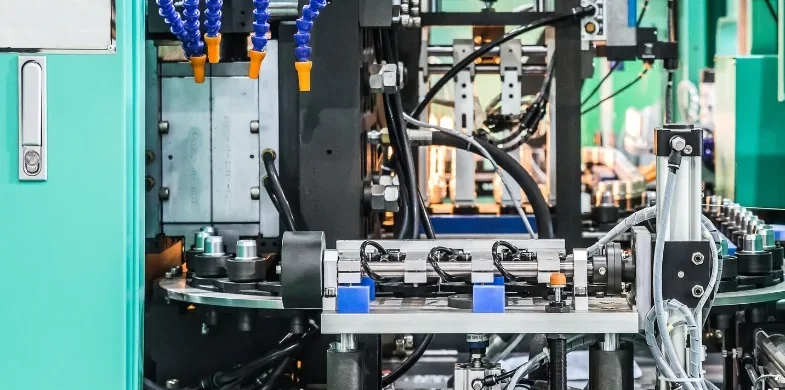
Is ABS Material Safe?
ABS is often compared to other thermoplastics like PVC, PLA, and PETG. Here’s how it stacks up:
| Parametro | addominali | PVC | PLA | PETG |
|---|---|---|---|---|
| Durabilità | High impact resistance, durable | Durevole | Lower durability, brittle | High impact resistance, flexible |
| Resistenza chimica | Moderare | Alto | Basso | Moderate to High |
| Biodegradability | Non-biodegradable | Non-biodegradable | Biodegradable | Non-biodegradable |
| Ease of 3D Printing | Moderate (may warp) | Not commonly used | Easy (low warping) | Easy (less warping than ABS) |
Recycling and Sustainability: ABS Material Recycle
As sustainability becomes a focus in manufacturing, the recycling of ABS is gaining importance. While ABS is not naturally biodegradable, it can be recycled into new products. Recycled ABS retains many of its original properties, making it a viable option for reducing waste and conserving resources.
HDC strives for sustainable operations and responsible manufacturing practices. We prioritize minimizing waste in every product we make and uphold a safe, healthy work environment for all employees. Additionally, we focus on maximizing material efficiency to reduce environmental impact and safeguard human health.
Conclusione
Summing up, ABS plastic is a versatile, durable, and widely used material that has become popular over time. As a result, ABS finds numerous applications, from 3D printing to automotive manufacturing. Its balance of strength, flexibility, and affordability makes it a top choice in many industries. With multiple processing options like CNC machining, injection molding, and blow molding, ABS serves the manufacturing flexibility to meet diverse manufacturing needs.
While it’s not biodegradable, ABS recycling offers a pathway toward reducing environmental impact. Additionally, with proper handling during processes that involve heating, ABS remains a safe material for most applications.
Whether you’re working on a new 3D printing project or seeking a durable material for industrial parts, ABS plastic continues to be a reliable choice that offers both performance and versatility.
Scopri di più con i post del nostro blog.
messaggi recenti
Scopri di più sui nostri prodotti.
prodotti correlati
Preventivo immediato!
